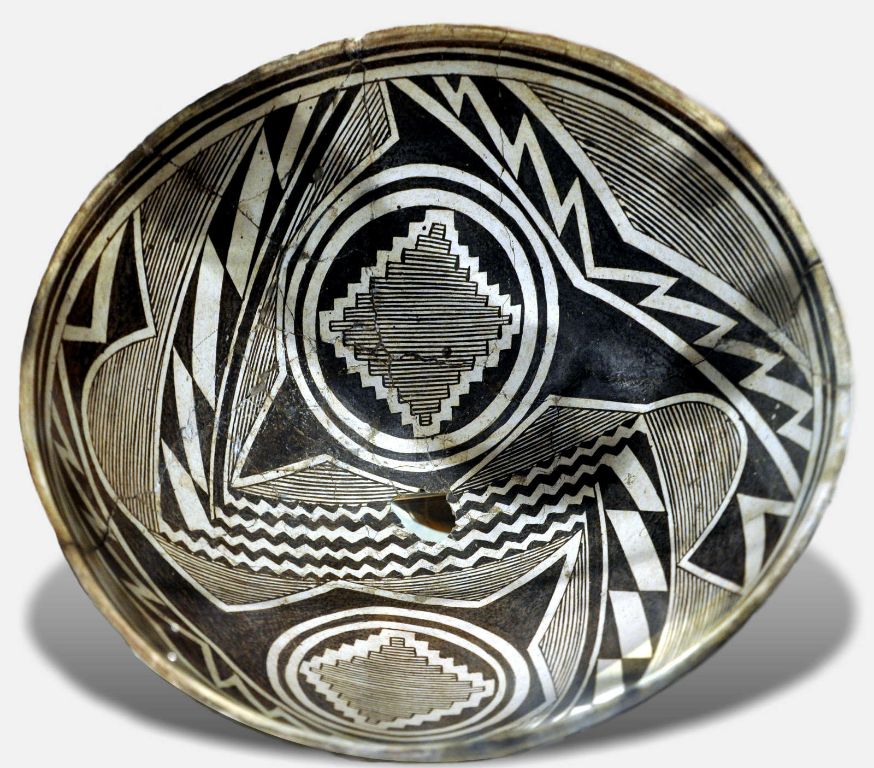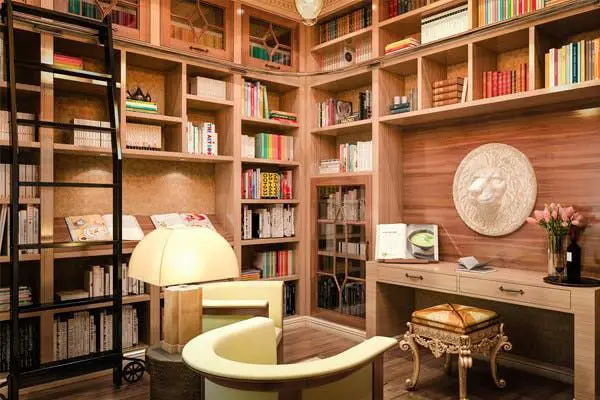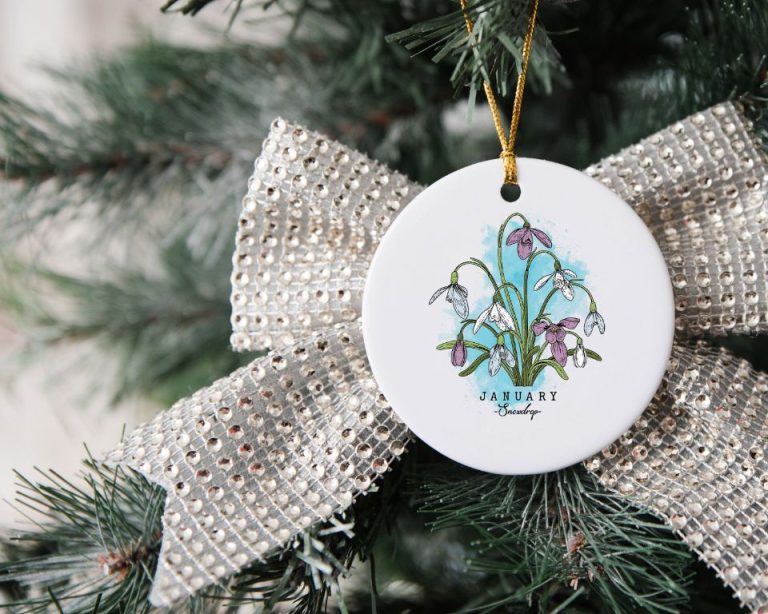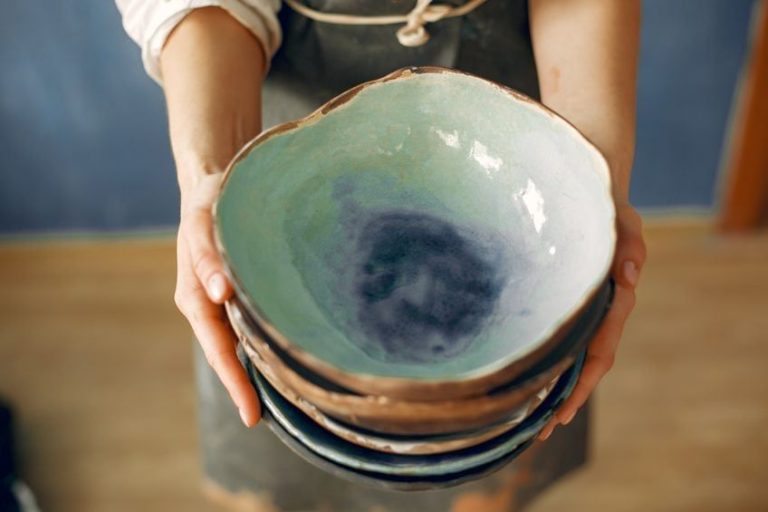How Old Is Mimbres Pottery?
Mimbres pottery refers to a distinctive style of painted pottery produced by the Mimbres people of southwestern New Mexico between 1000-1130 CE. The Mimbres culture flourished in an area along the Mimbres River valley in what is now Grant County, NM. This was a period of transition between simpler pithouse architecture and above-ground pueblos. Mimbres potters developed a unique figurative style of painted pottery typically featuring stylized animals, mythical creatures, and geometric designs painted in black on a white background.
Mimbres pottery stands out for its narrative scenes and fanciful imagery. Common motifs include fish, birds, deer, mountain sheep, rabbits, turtles, lizards, mythical animals, and human figures. Images often depict scenes of daily life, hunting, ceremonial gatherings, and spiritual themes. Mimbres potters demonstrated great creativity in their pottery designs. The polished black-on-white bowls are celebrated for their artistic mastery.
Mimbres pottery was produced by coil-and-scrape techniques. The paints were derived from iron-rich and manganese oxide pigments. Potters used brushes made from yucca fibers to paint bold geometric patterns and figurative designs on the interior of bowls. Mimbres pottery was widely traded across the American Southwest. These unique pottery artifacts provide insight into the culture, art, and cosmology of the Mimbres people.(https://storymaps.arcgis.com/stories/7781a7b8b5e04bffb670d36c9d8f774b)
Origins and History
The earliest evidence of Mimbres pottery dates back over 1,000 years to around 200-400 CE. The first Mimbres potters were likely influenced by other Indigenous cultures like the Hohokam and Ancestral Puebloans. They created plain utilitarian bowls, jars, and figurines using coiling techniques. Over the next few centuries during the Early Pueblo period, Mimbres potters began experimenting with painted geometric designs on the interior of bowls using mineral and vegetable pigments like red ochre and walnut shells. More intricate and stylized painting emerged during the Classic Mimbres period from 1000-1130 CE, which represents the artistic pinnacle of Mimbres pottery. Designs featured abstract images of animals, insects, celestial symbols, and drawings of daily life. This bold black-on-white figural style was a divergence from the traditions of other regional cultures and makes Mimbres pottery unique (Silver City Museum Presents a History of Mimbres Pottery).
Classic Mimbres Period
The Classic Mimbres period lasted from 1000 to 1130 CE and is characterized by the famous Mimbres black-on-white pottery style and large pueblo villages (Archaeology Southwest). This was the height of the Mimbres culture in the Mimbres Valley region of southwest New Mexico.

Classic Mimbres pottery features geometric and pictorial designs painted in black on a white background. Common motifs include fish, rabbits, deer, birds, insects, and geometric patterns. The black paint was derived from iron-rich minerals like manganese and hematite. Designs were often animated with precise brushwork showing figures in motion.
The most distinctive feature of Classic Mimbres pottery is the bold black-on-white style. Mimbres artists used the restricted palette of black and white paints to create sophisticated imagery of the natural world. The contrast between the dark painted figures and light background draws the eye and creates a dramatic effect. The black-on-white style sets Mimbres pottery apart from other Southwest traditions.
Mimbres Pottery Production
Mimbres pottery makers used locally available materials to create their distinctive pottery. The clay came from nearby sources along the Mimbres River valley. It was mixed with crushed rock to provide temper and prevent cracking. Mimbres artists used yucca fiber brushes and wooden paddles to shape and smooth the clay into vessels.https://ancientpottery.how/how-to-make-mimbres-pottery/
The most unique aspect of Mimbres pottery was the process of firing the clay vessels. Mimbres potters did not use kilns, but rather dug pits into the ground and carefully controlled the firing temperature by adjusting brush over the pit. The restricted air flow created the distinct black-on-white finish. Experts believe the firing process took place outside of villages in designated areas, however no definitive Mimbres firing sites have been identified.
Pottery making was a specialized skill in Mimbres culture. Certain villagers devoted themselves to learning the techniques and motifs to produce the signature Mimbres style pots. The specialized potters passed on their knowledge through generations, allowing the distinct artistic tradition to develop and thrive for centuries in the Mimbres River valley.https://ancientpottery.how/how-to-make-mimbres-pottery/
Common Imagery and Symbolism
The imagery depicted on Mimbres pottery conveyed deep symbolic meaning about the worldviews of the Mimbres people. Common designs included animals, insects, geometric shapes, and human figures engaged in various activities. Many of the images represented core aspects of Mimbres culture and spirituality.
Animals such as rabbits, deer, fish, birds, and snakes were prevalent motifs in Mimbres artwork (Understanding Mimbres Painted Pottery). These animals reflected the natural environment of the Mimbres region and were likely imbued with symbolic meaning related to fertility, sustenance, and the cycle of life. Insects like grasshoppers, beetles, and butterflies may have held agricultural significance.
Anthropomorphic figures, especially women, were also common in Mimbres designs. These human shapes often appeared in ritual poses or engaged in sacred activities like hunting, dancing, or giving birth. The figures represented Mimbres people themselves and offered insight into their spiritual views and connection to the natural and ancestral worlds (The Hidden Color Code in Mimbres Pottery).
Geometric designs like spirals, zigzags, and concentric diamonds carried spiritual energy and meaning. The intricate patterns resonated with the sense of interconnectedness and order in the Mimbres cosmological landscape. Overall, the layered symbols encoded in Mimbres imagery conveyed core values of fertility, regeneration, harmony with nature, and continuation of Mimbres culture.
Archaeological Discoveries
Major archaeological excavations in the southwest United States have uncovered numerous significant Mimbres sites, providing valuable insights into their culture. Some of the most important excavated sites containing Mimbres pottery include the Galaz Ruin in New Mexico, the NAN Ranch Ruin in Arizona, and the Harris Site in New Mexico.
Archaeological studies of Mimbres sites have revealed a great deal about their way of life, settlement patterns, architecture, burial customs, and of course – their stunning pottery. Analysis of the pottery has shown the evolution in styles and iconography over time. Studies of the burial sites have also provided insights into social organization and health in the Mimbres culture.
Proper conservation efforts are critical for preserving Mimbres artifacts discovered through archaeological excavations. Once removed from the ground, the ancient pottery is extremely fragile. Climate controlled storage, monitoring of cracks and damage, and limited handling help conservators stabilize and maintain these important cultural artifacts for future study and appreciation.
Decline of Mimbres Culture
Around 1150 CE, the Mimbres culture began to decline and the Mimbres people abandoned their villages. There are several theories about what led to the end of this cultural tradition.
One theory is that environmental factors like drought led to crop failures, so the Mimbres people could no longer support large sedentary populations in their villages. Prolonged drought could have depleted resources and made agriculture difficult in the region 1.
Another contributing factor may have been environmental degradation and overuse of natural resources from a growing population. There is evidence of significant deforestation in the area during the Classic Mimbres period that could have led to soil exhaustion.
Increasing social instability and conflict is also cited as a possible reason for abandonment of Mimbres villages. There seems to have been an influx of migrants into the region near the end which could have led to increased competition and warfare between groups. There is evidence that some villages built defensive walls or were burned around the time they were abandoned.
Around 1150 CE, Mimbres pottery traditions also came to an end. This marked the decline of the distinct Mimbres artistic style characterized by black-on-white painted pottery featuring naturalistic images of people, animals, and abstract symbols. After abandonment of the villages, remnants of Mimbres groups seem to have assimilated into other Puebloan cultures.
While the Mimbres culture disappeared, it left a rich artistic legacy and influenced later Southwest Native American pottery traditions. The naturalistic detail and innovative designs of Mimbres pottery remain admired today. Mimbres pottery provides a valuable window into the lives, culture, and worldviews of the people who created them centuries ago.
Modern Revival
Though the original Mimbres culture disappeared centuries ago, their artistic legacy lives on through modern Southwestern potters. Contemporary artists like Tony Da and Eva Mirabal create stunning Mimbres-style pieces, incorporating the classic black-on-white painted designs.
Modern potters are reviving Mimbres imagery like spirals, bold geometric patterns, fish, insects, and stylized animals. While paying homage to the past, they bring a fresh perspective honoring cultural heritage. As Mimbres designs inspire new generations of artists, these timeless symbols remain an important part of Southwestern Native American identity.
The thriving market for contemporary Mimbres pottery reflects the cultural significance these ancestrally inspired works hold today. Continuing a centuries-old tradition, modern pottery allows connection with history and beauty that speak to universal human experiences. Mimbres pottery, old and new, represents more than aesthetics. The expressive designs reflect the heart and soul of the people who make them.
Mimbres in Museums
Major museum collections of Mimbres pottery include the Western New Mexico University Museum and the Silver City Museum in New Mexico. The WNMU Museum houses the Eisele Collection of over 600 prehistoric Mimbres vessels and artifacts, while the Silver City Museum contains over 200 pieces of Mimbres pottery.
There have been efforts to repatriate some Mimbres artifacts and human remains to Native tribes, including the Zuni, Hopi, and Pueblo tribes who are believed to be descendants of the Mimbres people. In 1990, the Native American Graves Protection and Repatriation Act (NAGPRA) was passed, requiring federally-funded institutions to return sacred objects and human remains to tribes.
Exhibiting Mimbres pottery and artifacts with embedded ancestral remains has been controversial. Repatriation efforts have aimed to transfer stewardship of sensitive materials to tribes, while some museums seek to maintain collections for continued research and education. There are differing views on the cultural value, ownership, and appropriate handling of these artifacts.
Conclusion
Mimbres pottery provides a fascinating glimpse into the culture and artistry of the prehistoric Mimbres people who lived in southwest New Mexico from around 200-1150 CE. Key information about Mimbres pottery includes its common motifs and designs, such as insects, animals, geometric shapes, and human figures. The pottery was often used in burials and may have held ceremonial significance. Production flourished during the Classic Mimbres period from 1000-1150 CE before the culture mysteriously declined. Today, Mimbres pottery is highly valued for its unique artistic style.
Studying Mimbres pottery remains important for understanding the lives and beliefs of an innovative prehistoric people. Archaeologists continue to study Mimbres sites and make new discoveries about their pottery and culture. Open questions remain about what caused the disappearance of the Mimbres people. More research and analysis of existing collections can provide insights into their art, culture, and eventual abandonment of their settlements. Mimbres pottery endures as a significant contribution of Native American peoples to the world’s artistic heritage.





